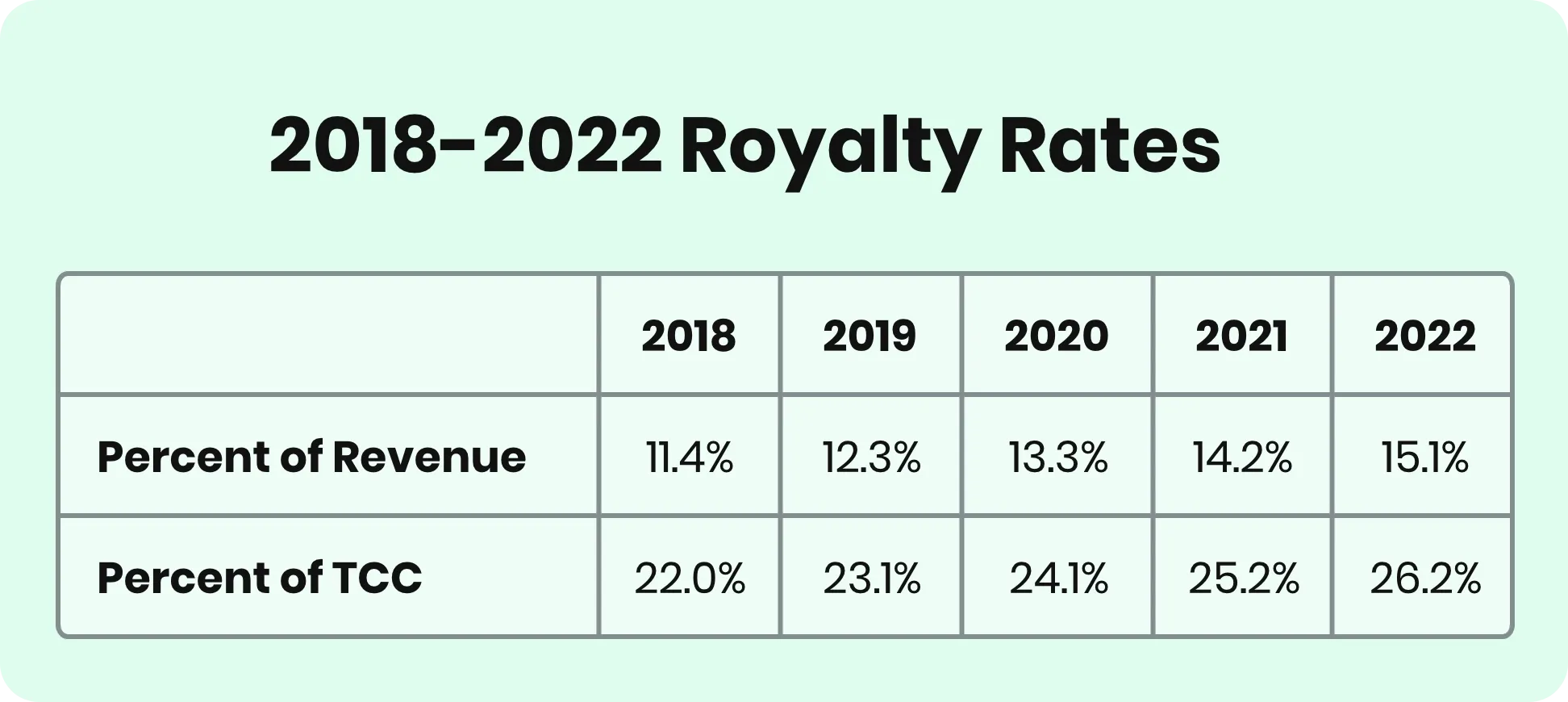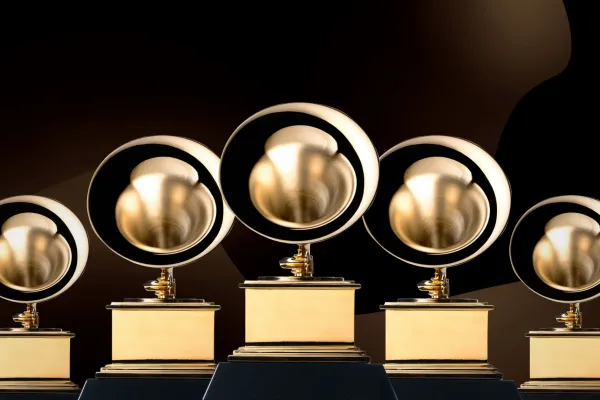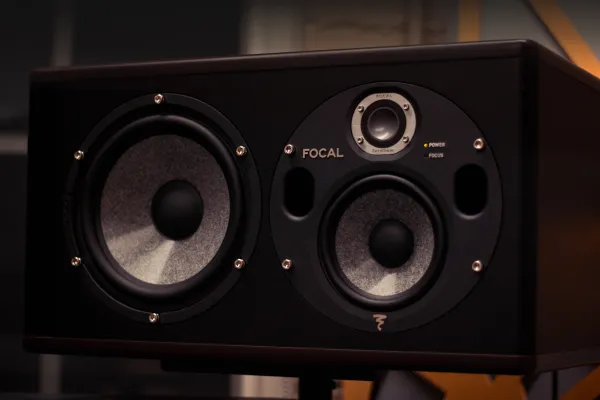Spotify payouts for songwriters increase to 15.1%
The Copyright Royalty Board upheld its decision to increase the headline rate paid to songwriters in the US from streaming services from 2018-22. This comes after the initial ruling in 2018 when the Copyright Royalty Board originally ruled that streaming and mechanical royalties should increase from 10.5% to 15.1% for songwriters, and was the largest jump to royalty payouts ever ruled. To no one's surprise Spotify, Amazon, Pandora and Google (though surprisingly not Apple) appealed this ruling saying it was unjust and t0o large of an increase.
The National Music Publishers’ Association fought against the appeal and as of July 1st, 2022 won the appeal to confirm the increase in royalties after a 4 year legal battle. This final ruling means that these streaming services will have to backpay the increase in royalties to cover the now official increase which is the first time the royalties have changed since 2006.

The Setback
Originally the Copyright Royalty Board had also ruled in its 2018 decision that this Total Content Costs would be generated from an “uncapped” amount, meaning the the 26.6% this year (2022) would be derived from an unlimited figure for a streaming service's earnings. However, this was not upheld in the July 1st ruling as the earnings have been capped meaning that if a streaming service has a record breaking year they only have to pay out on a percentage of the total earnings.
Another disappointment for songwriters is the updated definition of streaming bundles that include family plans, telco deals, and other discounts that was reverted to a format that benefits the streaming services.
However, the big takeaway is still the large increase in royalty payouts in history.
What's Next?
Moving forward the negotiations for the 2023-2028 period have already commenced, and filings have been made by all the major streaming services along with the National Music Publishers’ Association making it's case to raise the royalty rate to 20%, arguing that without songwriters streaming services would not exist, and therefore they should be fairly compensated. The streaming services all have their own motions which are outlined as follows:
Spotify
In it's filing Spotify proposed the royalty rate for 2023-2028 be set at the previous 10.5% rate, barely half of the National Music Publishers’ Association asking rate. Spotify argues that the historic turn around of the music industry with its record breaking revenues are largely in part due to streaming services and as such there is no need to make large shifts in royalty payouts.
Part of the contention with Spotify over the royalty rates is because Spotify does not pay a set amount per stream instead paying songwriters based on share of overall streams on the platform, and say they don't believe rate per stream “is a meaningful number to analyze.” as they argue there are a number of factors that play into why it’s rate per stream ratio seems low, including a high number of streams per listener and its ad-supported subscription free offering. Spotify also states they believe
artists care more about a larger paycheck than a higher per-stream rate.” - Spotify Loud and Clear
Currently the payout tends to range from $0.0033 to $0.0054 which is almost half the rate of the other appealing parties (other than Pandora) and would require on average 250 streams for an artist to earn $1.
One interesting thing to note is that in 2021 Spotify did pay out over $7 billion dollars, $5 billion of this went to major record labels and publishers, leaving less than 30% to self publishing artists.
Amazon
Amazon proposed a 10.54% royalty rate for the 2023-2028 period and a 19.1% Total Content Costs cap. In addition Amazon propose a single, all-in rate of $0.00085 per play which is approximately double what Spotify current per stream rate is set at.
Apple
Though Apple did not originally appeal against the increase to 15.1%, their current motion is to uphold the agreed upon rate from the previous negotiations which for all intensive purposes means they expected the original 10.5% rate to be upheld, and therefore would translate into being the same rate for 2023-2028. It will be interesting to see if Apple ammends it's original filing to set a lower rate, or be complacent with the 15.1% rate.
Apple also has filed to eliminate the Total Content Costs arguing that it give a complementary oligopoly power to the three major labels, or in non-lawyer terms, gives the labels too much power in the industry.
Google also filed to keep the same rate decided for the 2018-2022 period, which we now know is 15.1%, and state in their filing that they are in agreement to uphold this amount, but do not support raising the royalty rate above this mark.
Pandora
Lastly, Pandora proposed a 10.5% royalty rate along with an alternate rate prong consisting of a capped percentage of the payments made by services to record labels for the sound recording rights for the same products.
Conclusion
It's no secret that the music industry has been revitalized and turned around in the last decade, but the laws and regulations are still trying to catch up to this monumental shift as each entity battles over the future. But for today let's celebrate the win for the hardworking people in the music industry who's creativity and passion continue to inspire and drive the industry forward.




